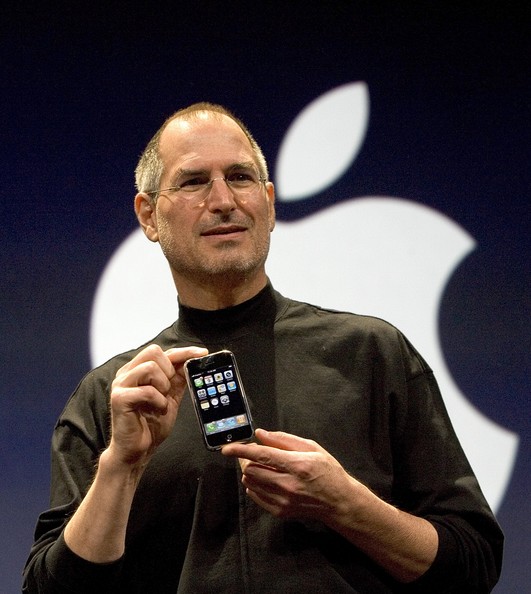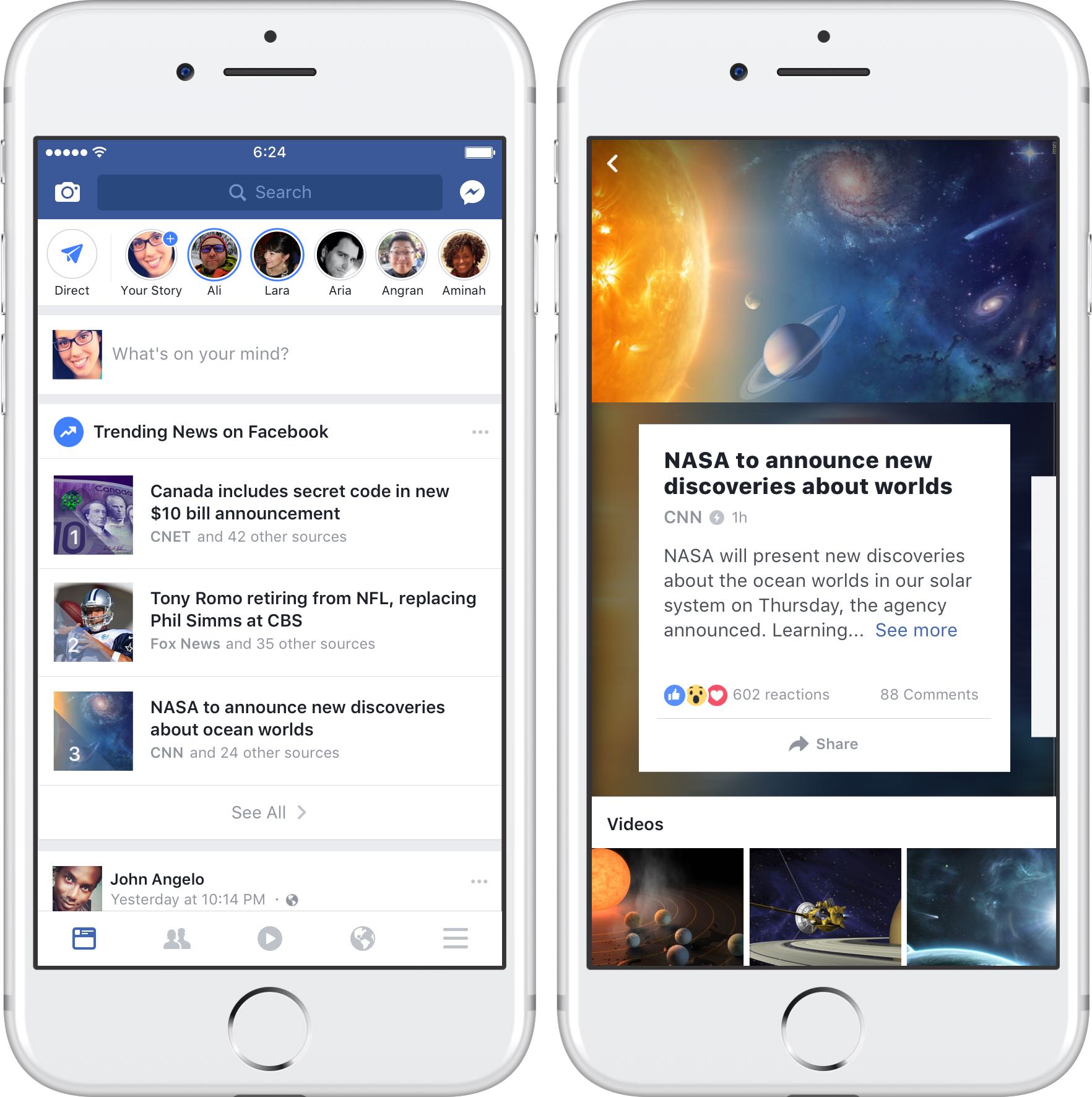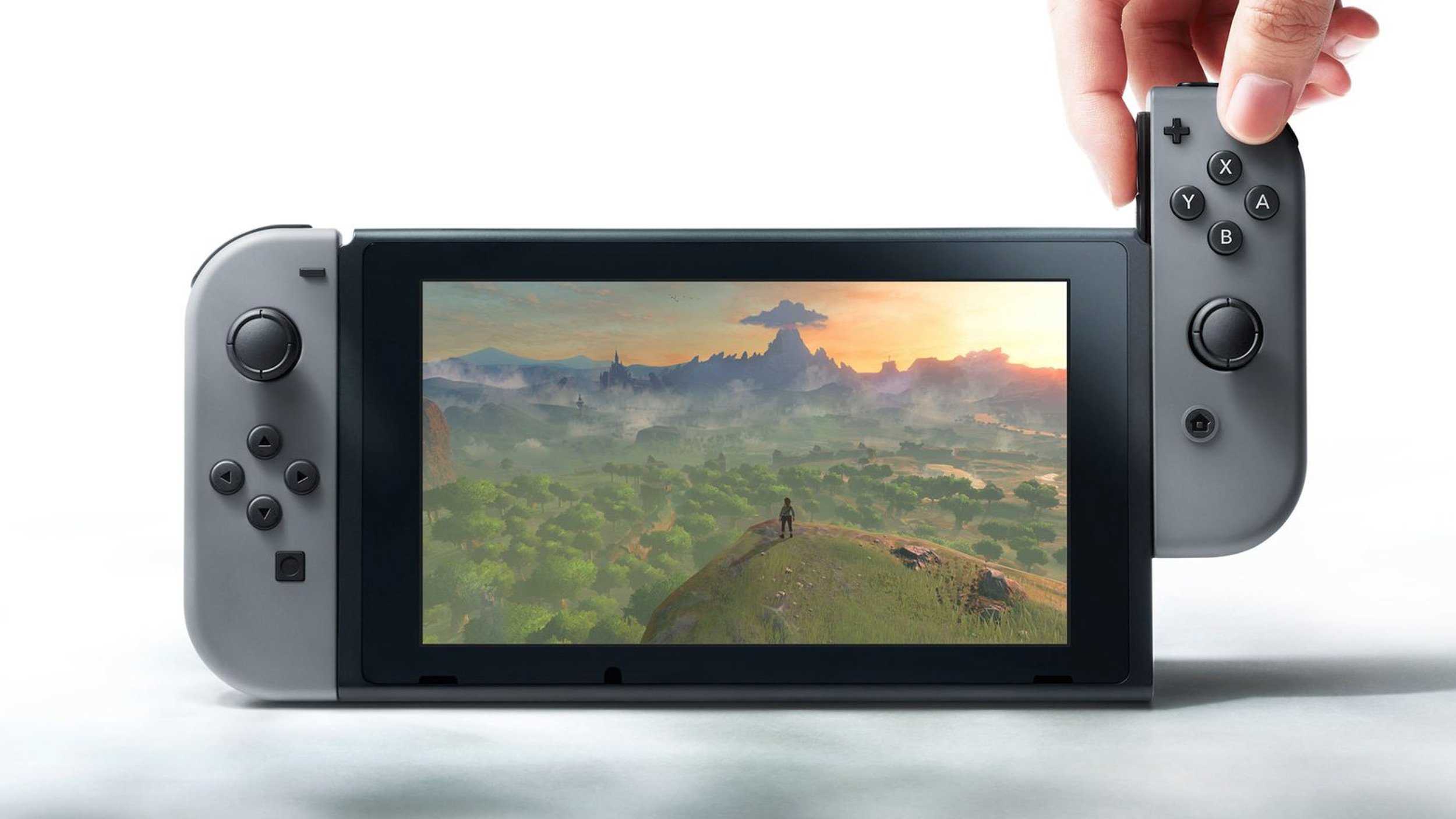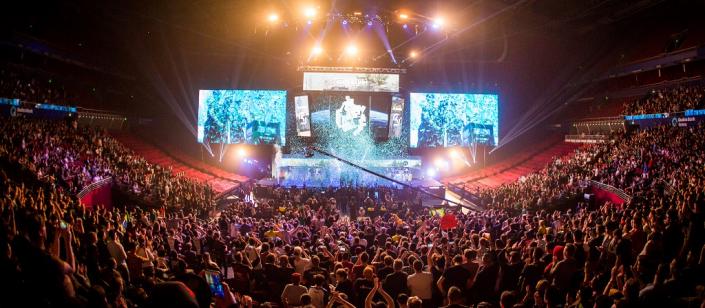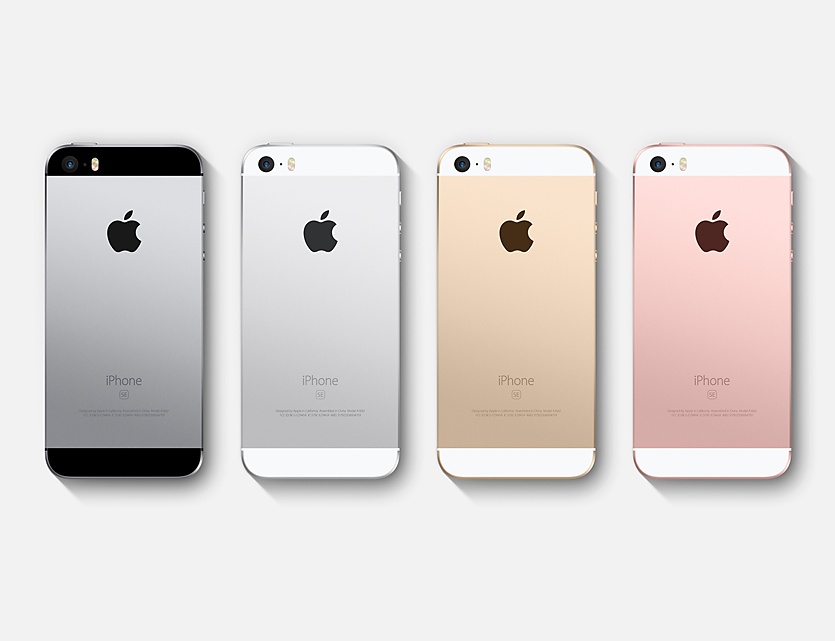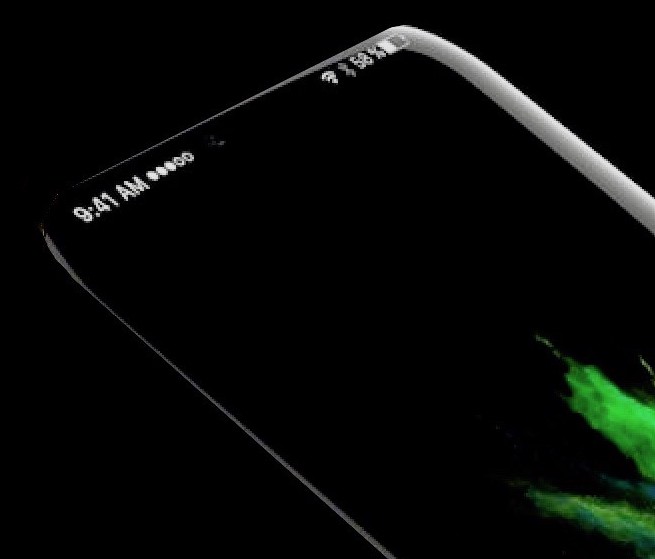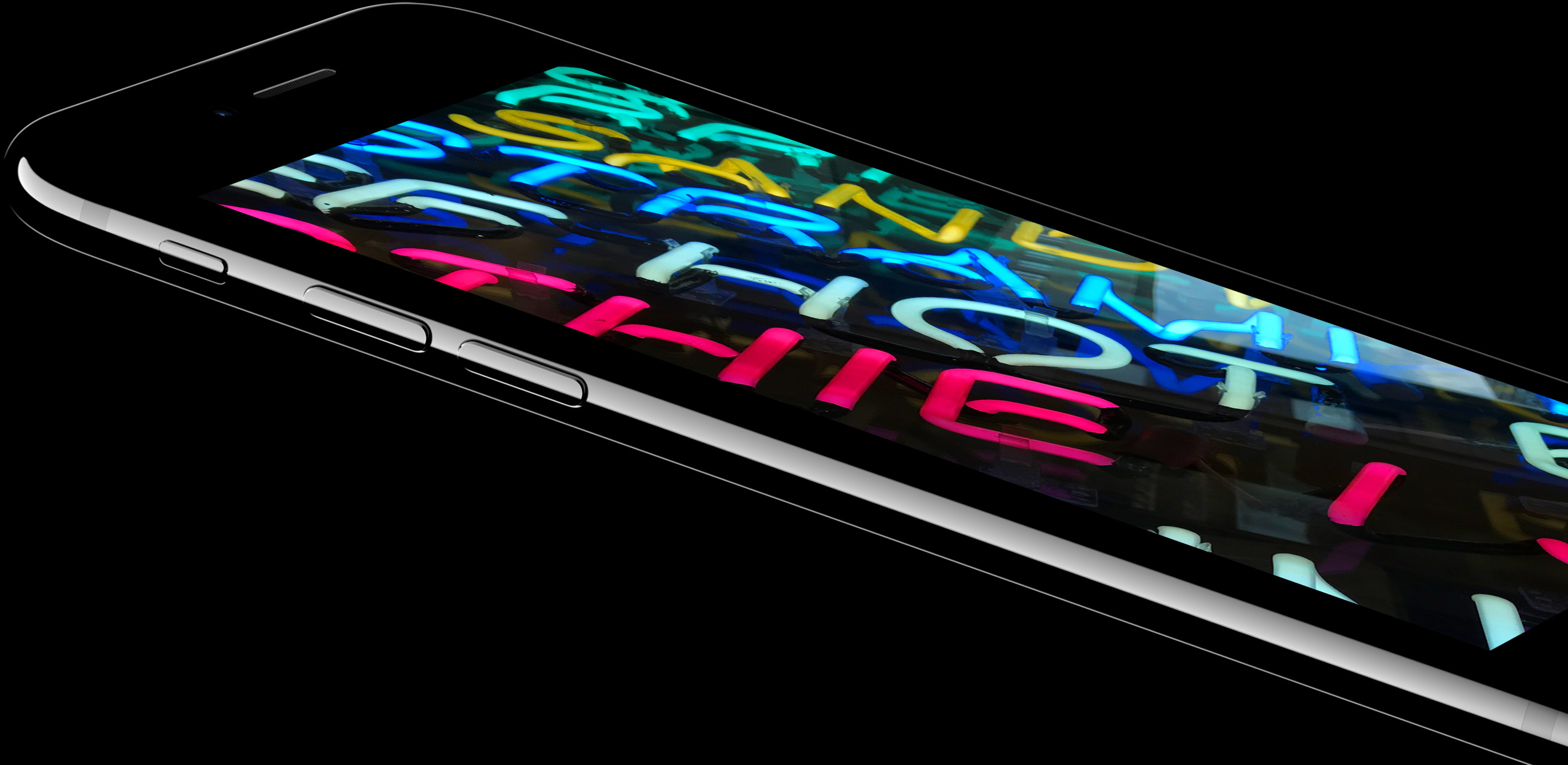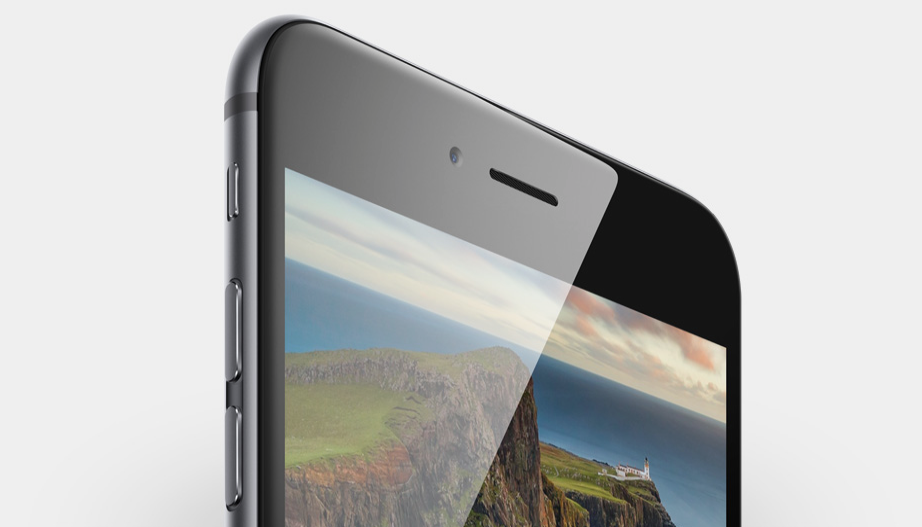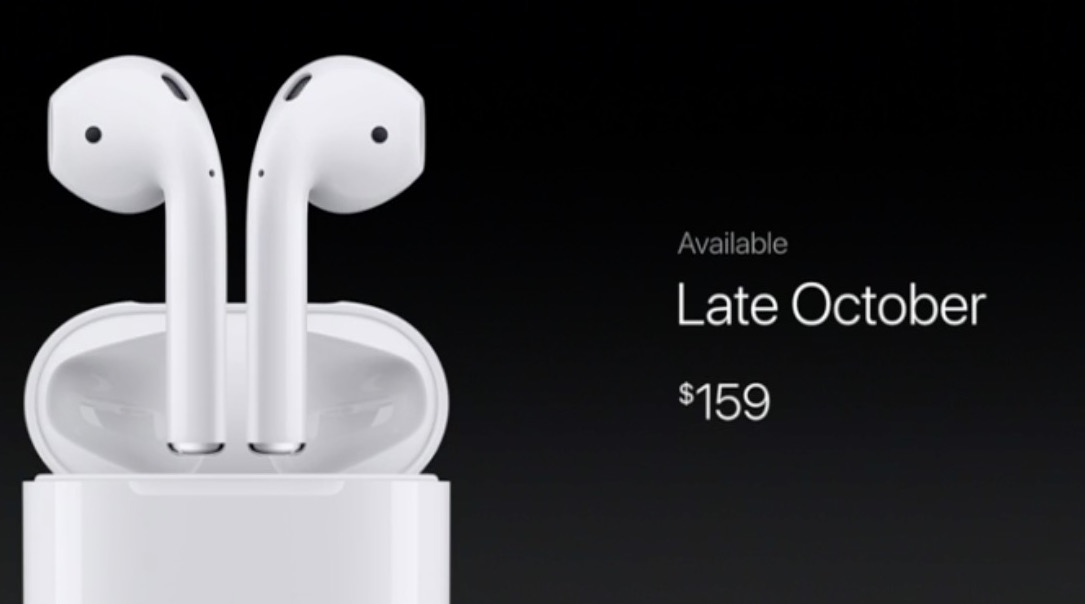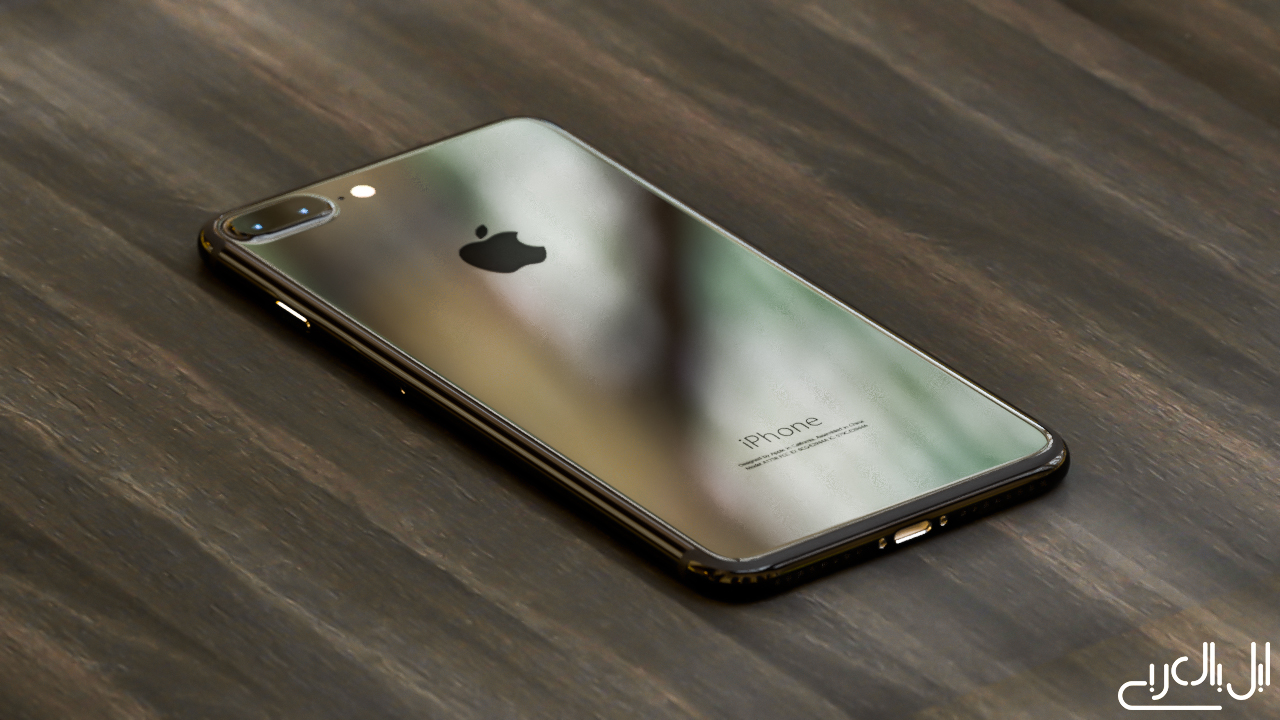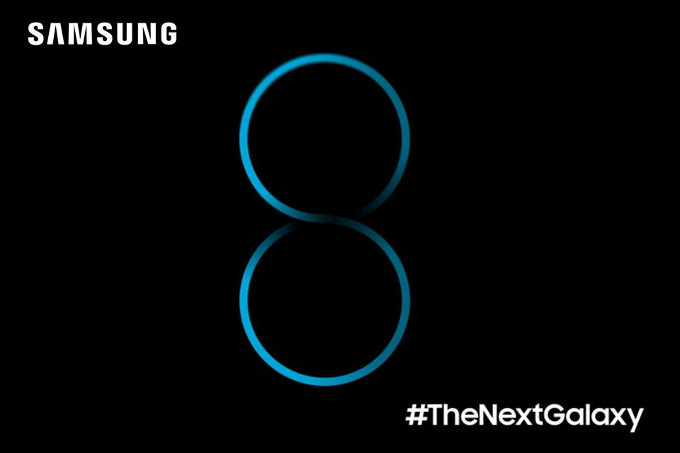Apple earlier this year celebrated the tenth anniversary of the original iPhone's unveiling. And as we approach the tenth anniversary of the handset's June 29, 2007 debut, Christopher Mims of the Wall Street Journal sat down with the original iPhone team members who recounted designing the handset's touchscreen interface and more.
Running nine minutes long, the interview features former iOS chief Scott Forstall, former Vice President of Human Interface Design Greg Christie and the iPod “Godfather” Tony Fadell.
Fadell's team was tasked with the development of a device that was basically an iPod with a phone. It featured a clunky hardware keyboard and ran a version of the iPod interface.
“We tried 30 or 40 ways of making the wheel not become an old rotary phone dial and nothing seemed logical or intuitive,” said Fadell. “To actually dial a real number, it was so cumbersome.”
It was 2005 and Jobs was displeases with the direction of “Project Purple”.
“We’d been doing a lot designs which weren’t quite there yet. It didn’t feel complete. And Steve came to one of our design meetings and he said, ‘This isn’t good enough. You have to come up with something so much better. This is not good enough'”, Fadell recounted.
“Start showing me something good soon or I’m going to give the project to another team,” Christie paraphrased Jobs. According to Forstall, Jobs gave the team two weeks to come up with something special.
“So we went back to the drawing board and Greg assigned specific ownership of different pieces of the design to different people and that team worked 168 hours per week for two weeks. They never stopped,” said Forstall. Eventually, Forstall and Christie's vision for the user interface of the original iPhone, based on OS X code, prevailed over Fadell's click-wheel design.
Christie reflected on how their early iPhone interface designs blew Steve Jobs away:
The first time he saw it he was completely silent, he didn't say a thing. He didn't say anything, he didn't gesture, he didn't ask a question.
Then he sat back and he said, 'Show it to me again.'
And so we go through the whole thing again and Steve was pretty much blown away by the whole demonstration. It was great work.
It took them nearly two and a half years to turn that demonstration into a shipping product.
A ping pong table sized demo had a projector that was beaming a Mac interface on it, allowing engineers to use their whole hand to touch different things on it. “It was literally a ping pong sized multi-touch display,” said Tony Fadell.
And now, watch The Wall Street Journal's full video, titled "How The iPhone Was Born: Inside Stories of Missteps and Triumphs”.
According to Fadell, back at the time sales of the iPod music player accounted for half of Apple's total sales so they wondered about iPod's success long term and kept asking themselves what will cannibalize sales of the music player.
“And one of the biggest concerns was cell phones,” said Fadell.
The three former Apple execs also talk about pinch to zoom, rubber-band scrolling and more. Be sure to watch the whole thing, it's definitely worth ten minutes of your time.
